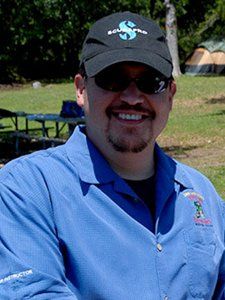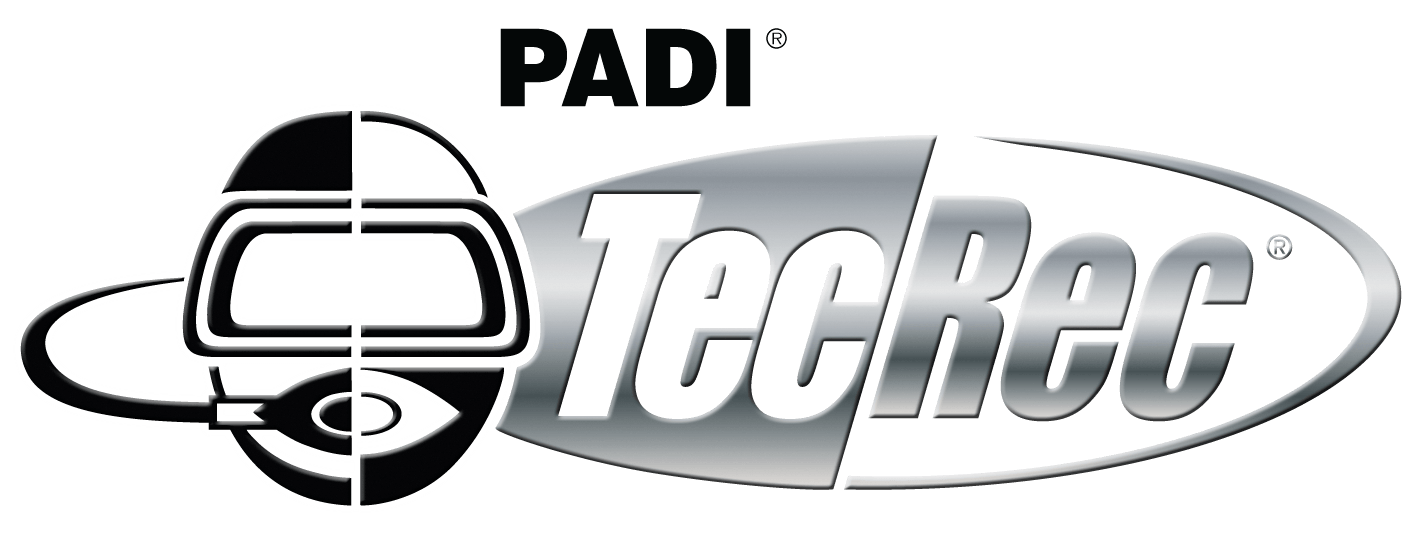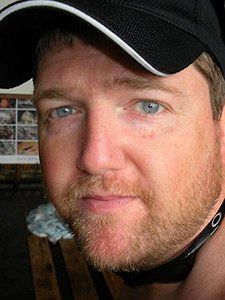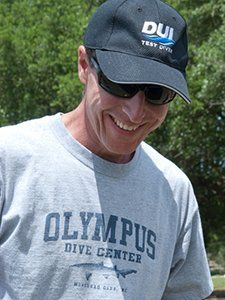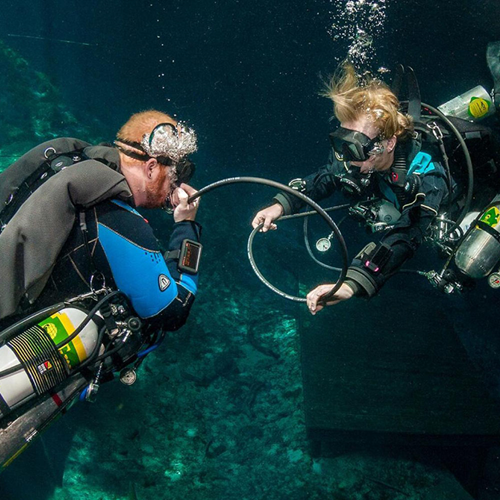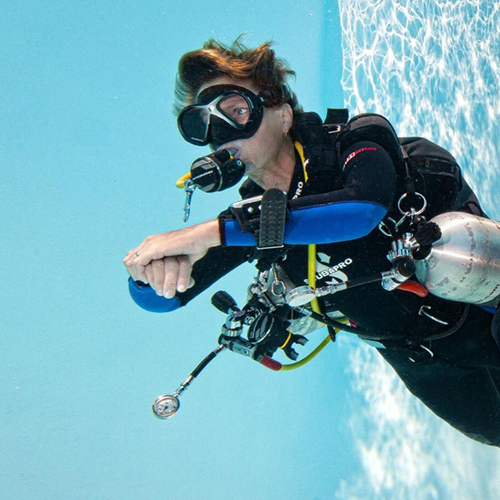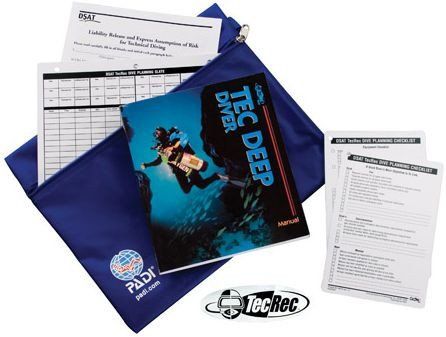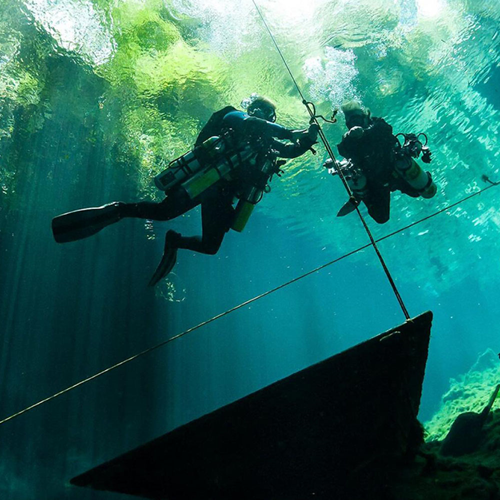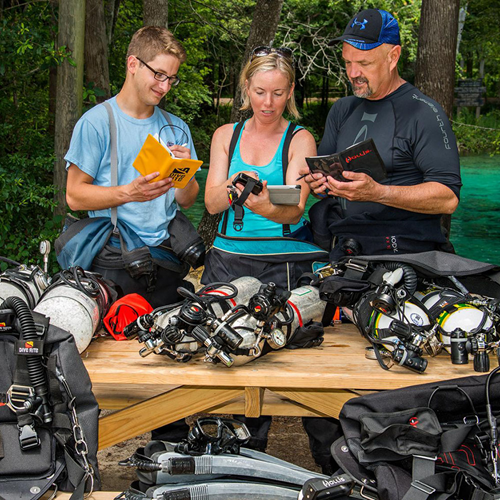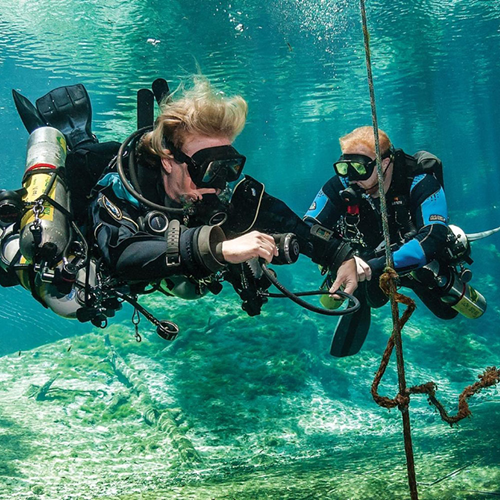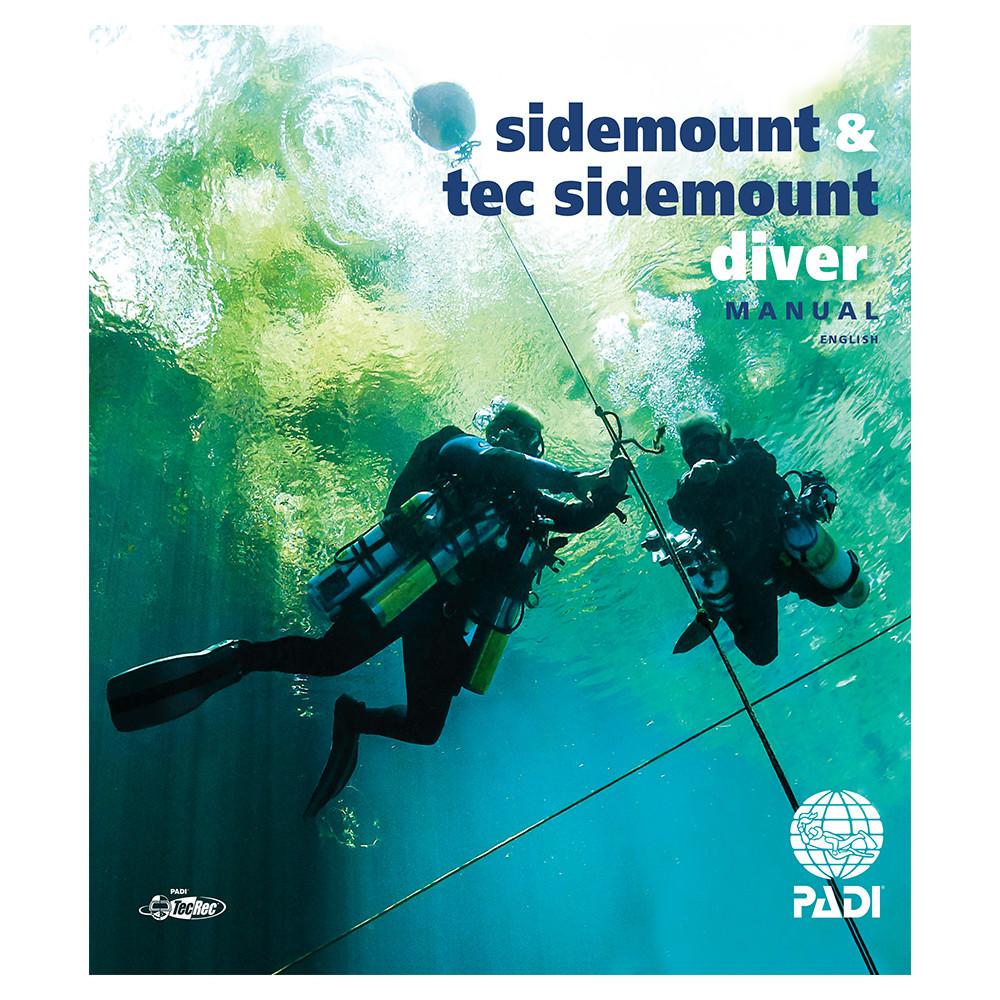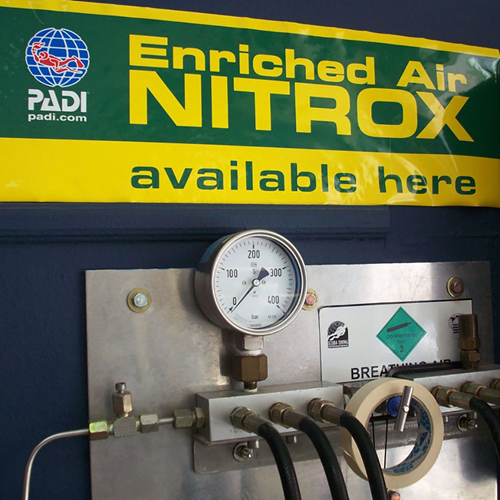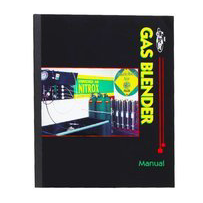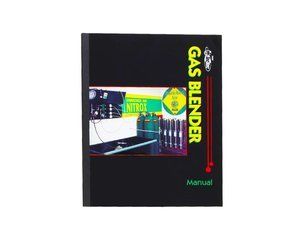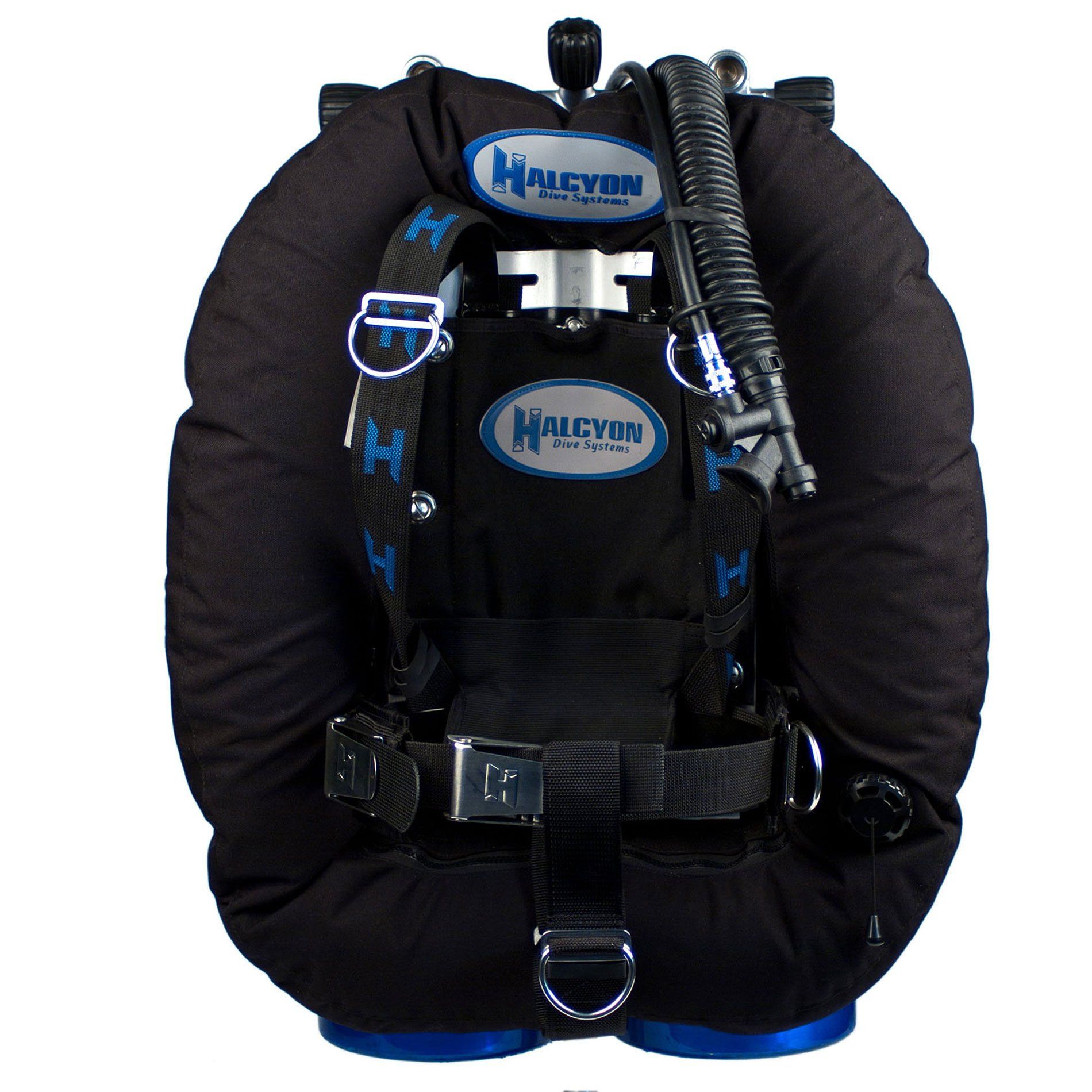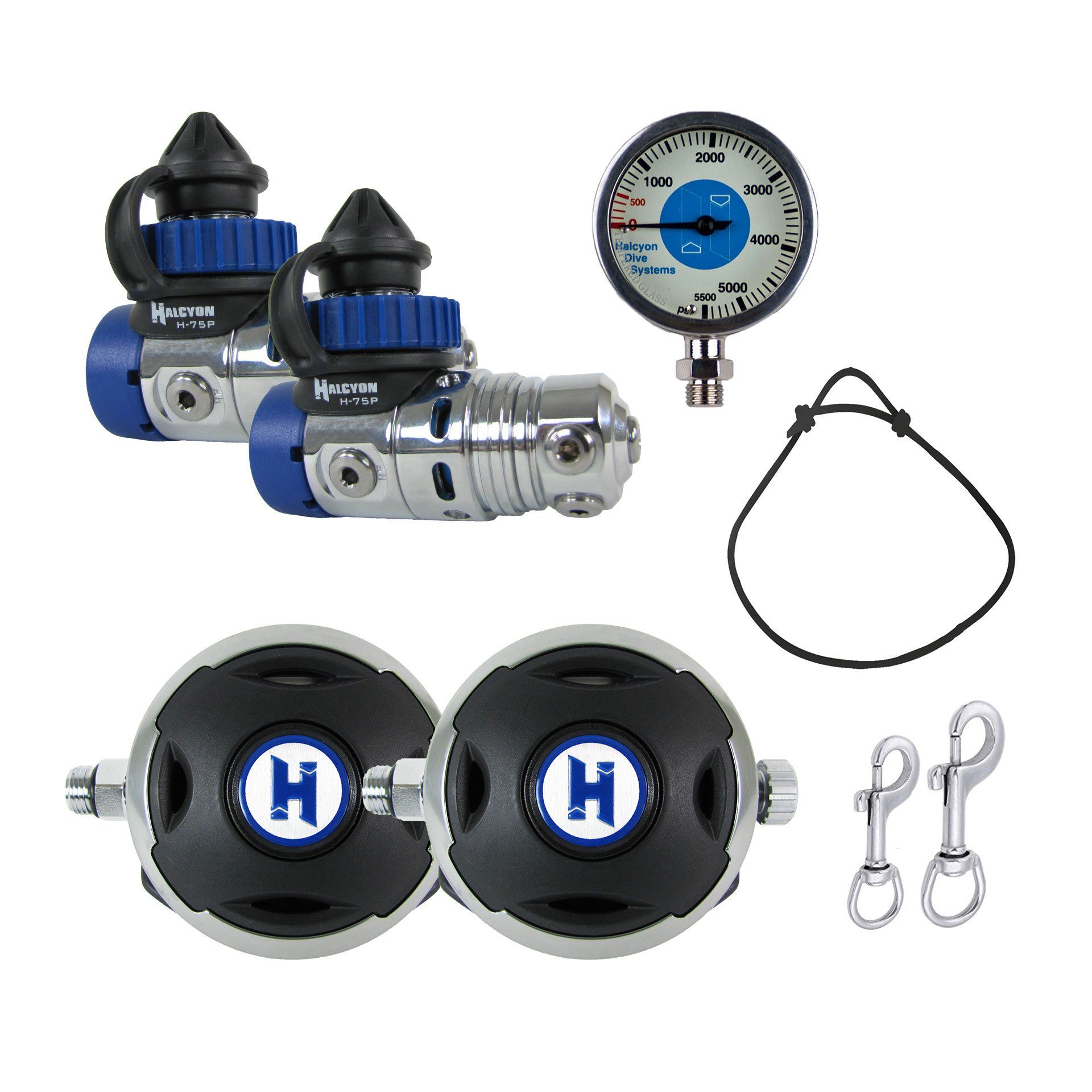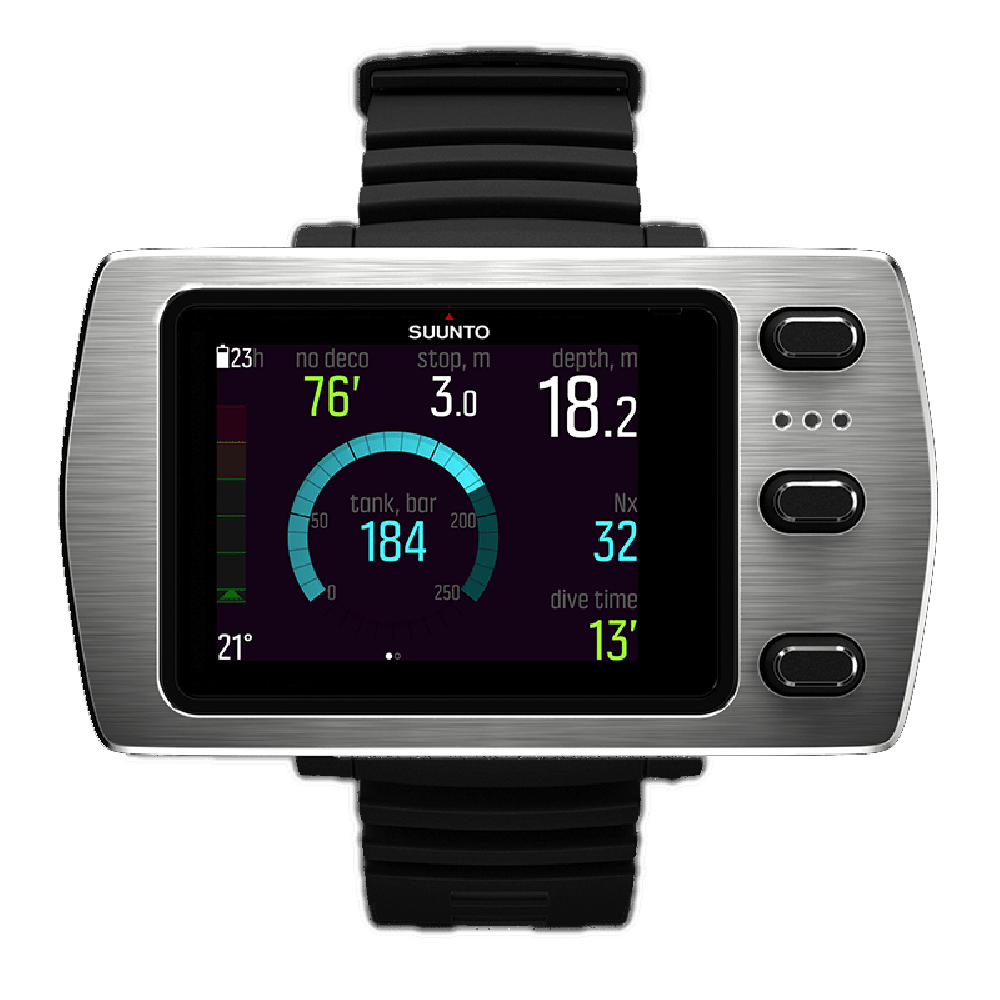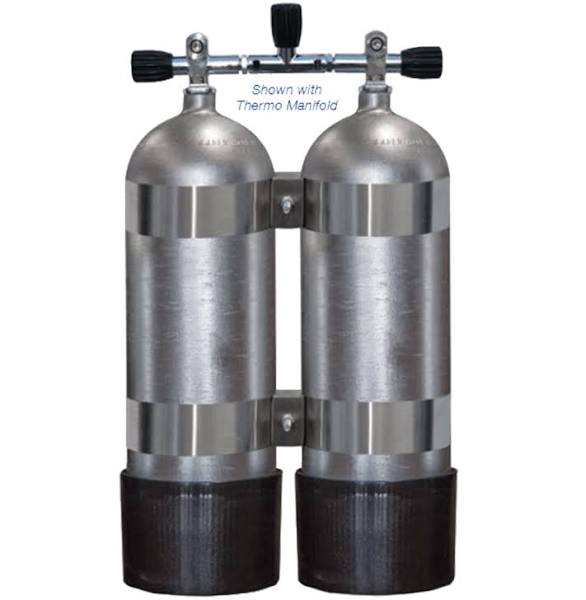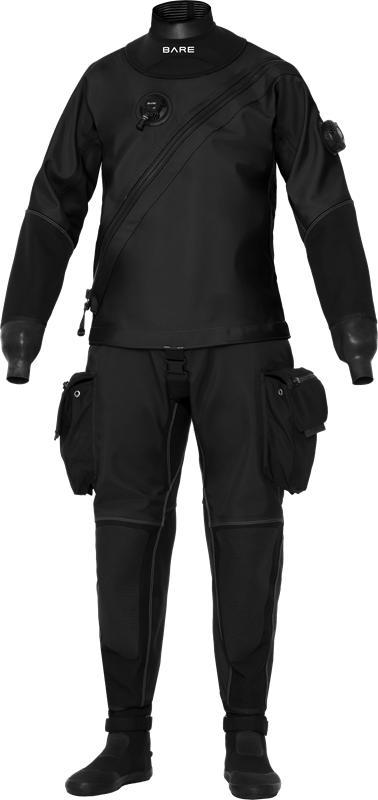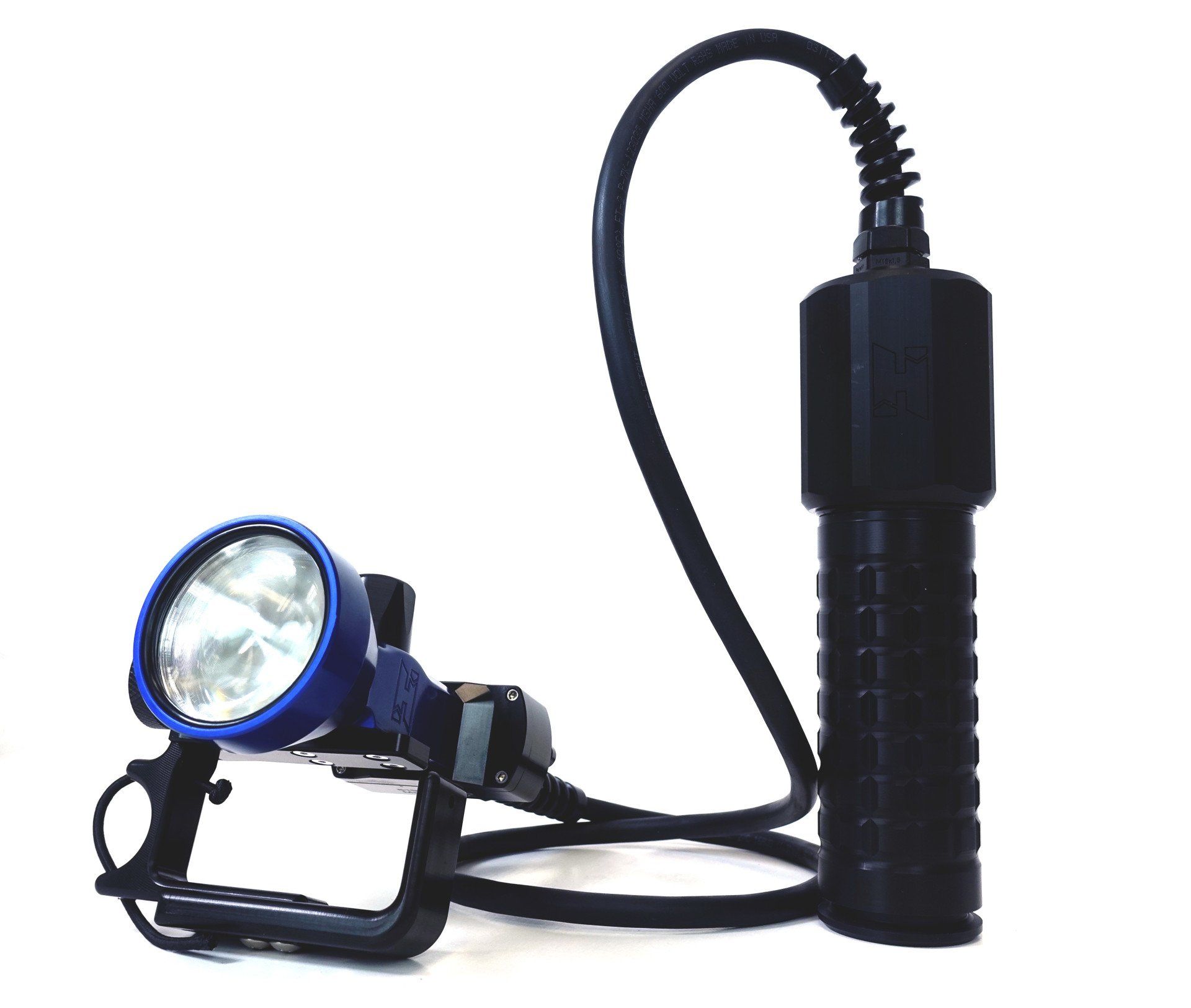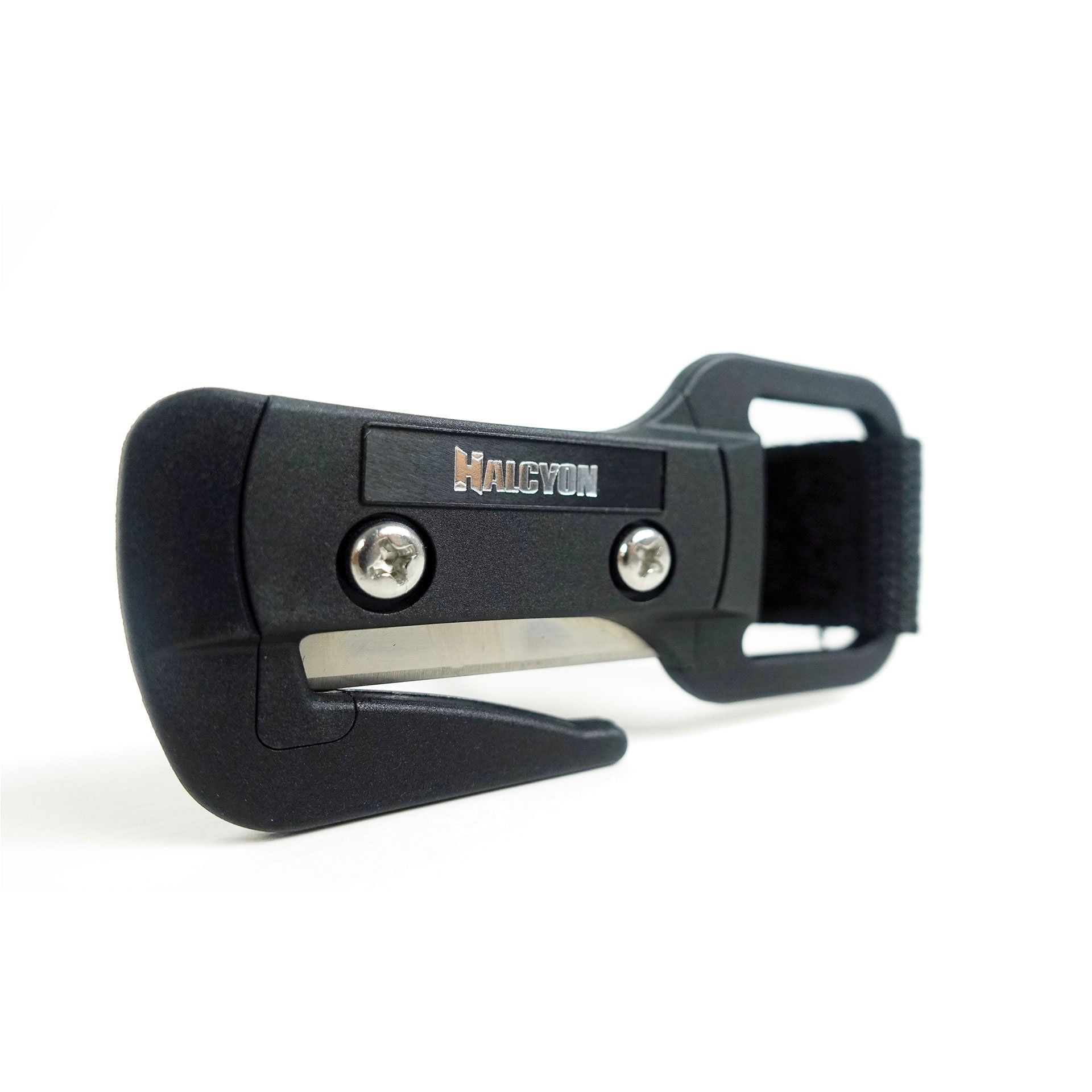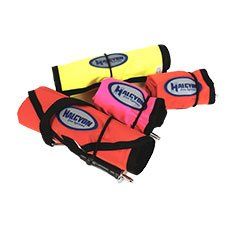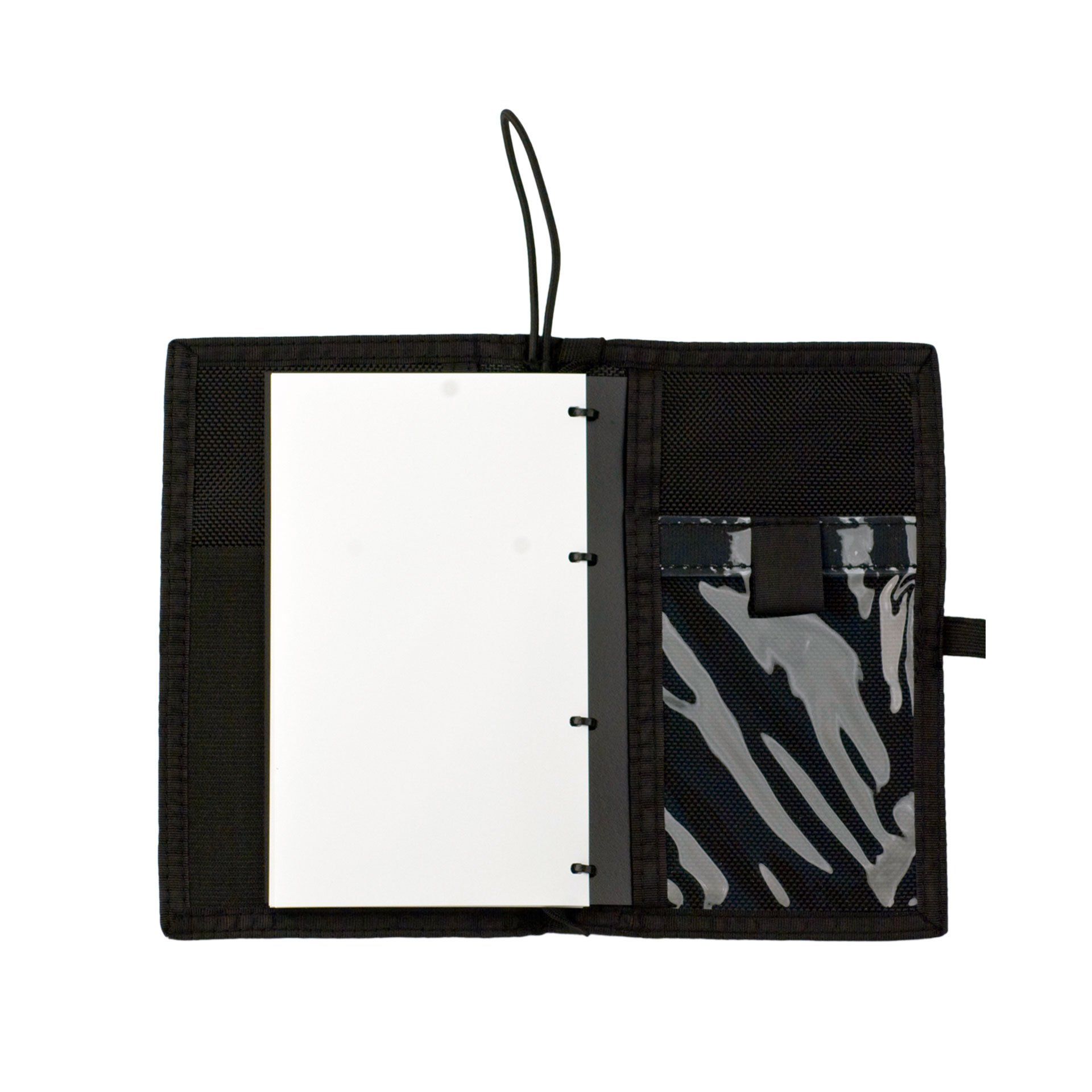PADI Technical Diving
Technical Dive Training at Scubaland
What our TEC students say...
Technical Diving News You Can Use
Scubaland mixes Nitrox!
- No more waiting for fills
- No more oxygen cleaning (saves $75 a year)
- No more dedicated Nitrox tanks - fill it with what you want, when you want
- No more waiting for the shop to get more oxygen
- No more waiting for a blender to be available
Mixed gas for technical diving
PADI Technical Diving Courses
PADI Discover Technical Diving
PADI TEC 40
- Technical diving’s risks and responsibilities
- Technical diving equipment, proper rigging and set up gas planning, oxygen limits and decompression planning
- Team diving techniques and emergency procedures, such as dealing with free flows, manifold leaks and out of gas situations
PADI TEC 45
PADI TEC 50
PADI Technical Sidemount
PADI Tec Gas Blender
- About the advantages and disadvantages of different blending methodologies.
- To blend enriched air to within one percent of the target mix.
- About the potential hazards related to handling oxygen, and how to manage those risks.
- To demonstrate the steps for oxygen cleaning equipment, along with the requirements for oxygen service.
PADI Tec Gas Blender Trimix
- About the advantages and disadvantages of different blending methodologies.
- To blend enriched air and trimix blends to within one percent of the target mix.
- About the potential hazards related to handling oxygen, and how to manage those risks.
- To demonstrate the steps for oxygen cleaning equipment, along with the requirements for oxygen service.
The Gear You Need for Technical Diving Courses
Buoyancy Control
Technical divers use a harness and wing system that allows for more flexible configuration of the kit than a traditional BCD. The harness consists of webbing shoulder straps and waist strap and metal D-rings that equipment like stage tanks can be attached to. The harness is attached to either a steel or aluminum back plate.
Wings consist of the inflator and bladder used for buoyancy control underwater and/or supporting the diver on the surface. Depending on the number of cylinders being used on the dive, the technical diver selects a wing with the appropriate amount of lift to support the equipment. Typically the minimum lift for a doubles configuration is 45 lbs.
Regulators
Technical divers always have two regulators attached to their primary cylinder(s). One regulator is used as the primary and the other is used as both a backup and alternate air source. In the typical configuration, the primary regulator has a 7 foot hose. When sharing air, the diver passes this regulator to the out-of-air diver and shifts to the backup. The seven foot hose makes it easier for the out-of-air diver to maneuver with their gear in place or swim behind when exiting a cave or wreck. The primary regulator also has a low pressure inflator hose that attaches to the primary inflator.
The second or backup regulator is on a short hose and attaches to a necklace around the diver’s neck. In an emergency, the diver can easily replace the primary with the backup. The SPG is also typically attached to the backup regulator, as is the backup inflator hose. If the diver is using a dry suit, the backup inflator hose attaches to the dry suit.
Instruments
Technical diving requires precise planning and execution. Written tables generated using a decompression software application are always used in planning a technical dive and calculating gas requirements, they are only used for primary plan on the dive. Technical divers follow their dive plan using a computer or bottom timer for the primary instrument.
In recreational diving, dive computers are helpful tools used to extend bottom times and simplify dive planning. In technical diving, dive computers are required. A good multigas computer allows the technical diver to make all necessary stops based on the exact dive profile dived. A multigas computer allows the diver to switch gases and still continue to track nitrogen absorption and oxygen exposure. Most commonly this is the secondary device.
Technical divers may also carry an analog compass for navigation although some newer dive computers have digital compasses built in.
Cylinders
Because of the extended bottom times, technical diving usually involves bringing significantly more breathing gas on a dive. To do this, technical divers use single high capacity cylinders with H or Y valves or double cylinders with a manifold and isolator valve.
The preference in technical diving is doubles with a manifold and isolator valve or 2 independant tanks when doing side mount diving. Tanks can be steel or aluminum, high or low pressure.


